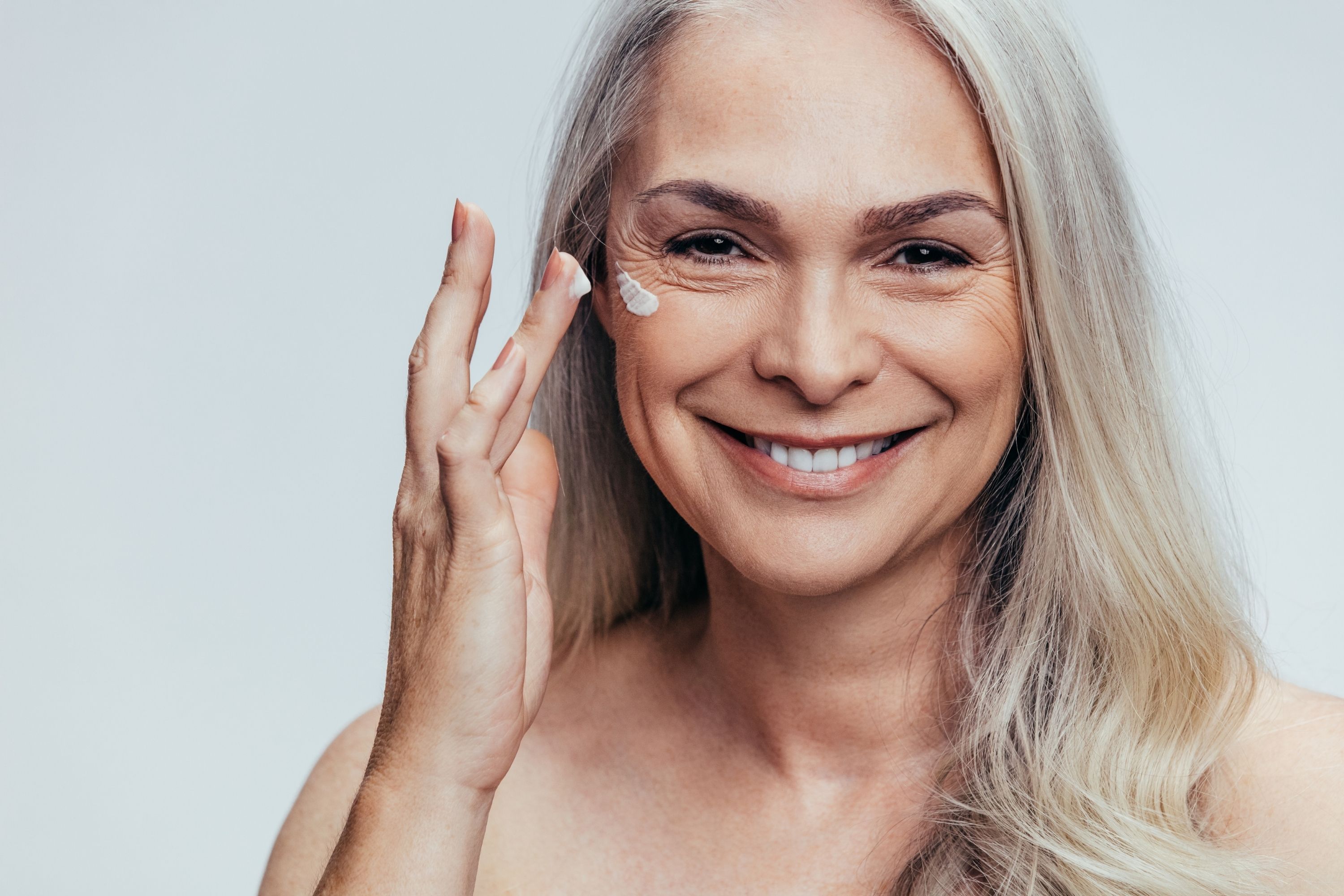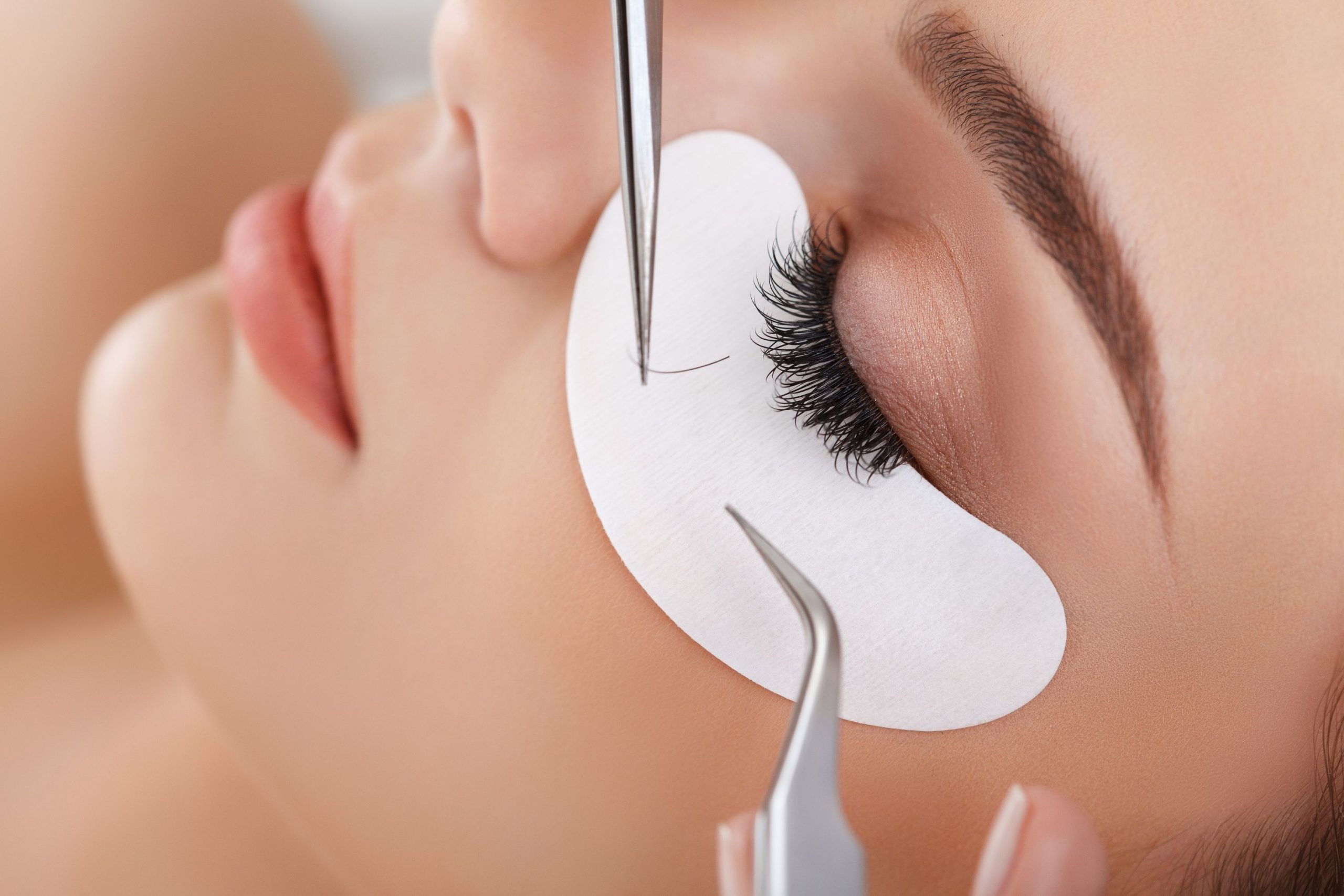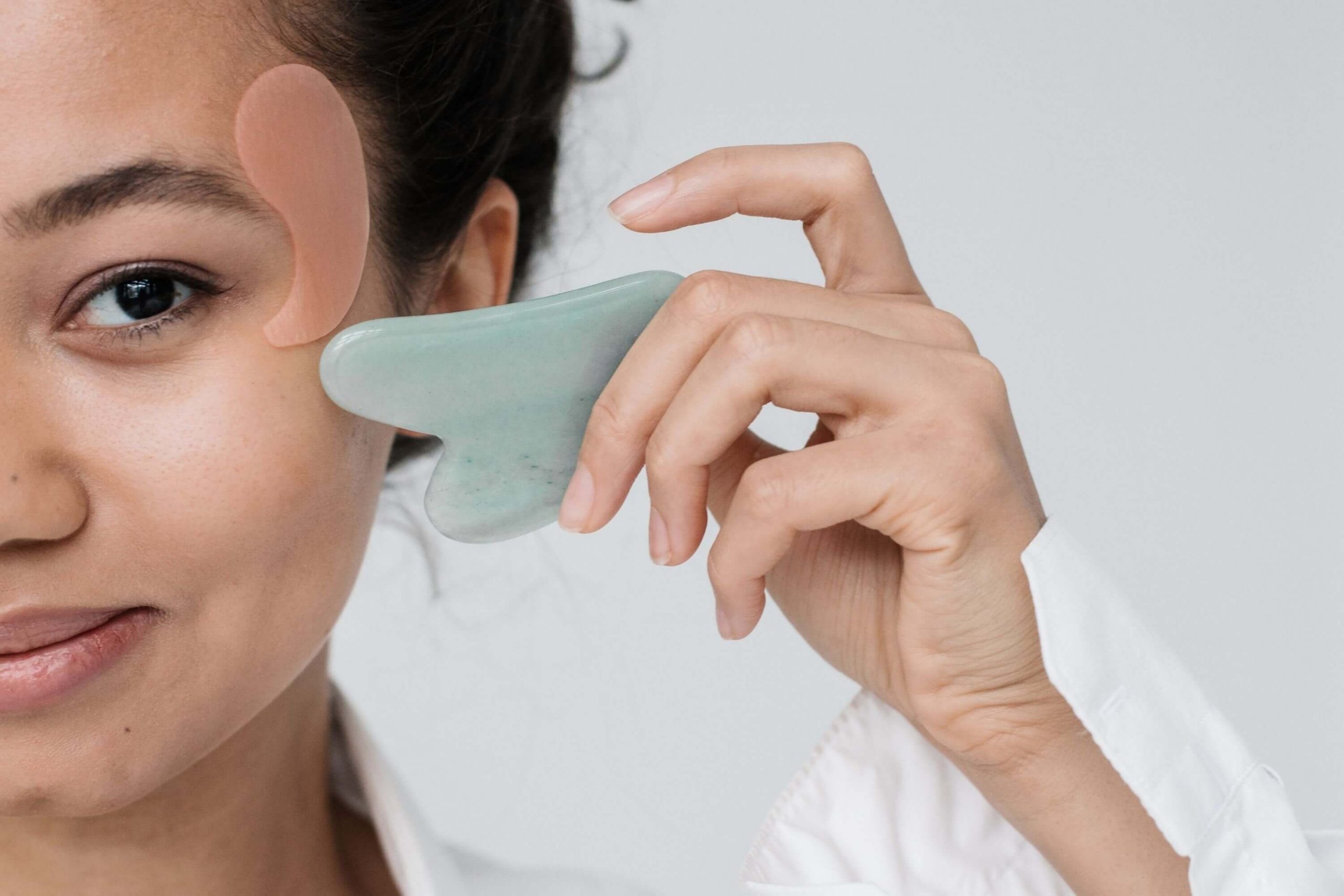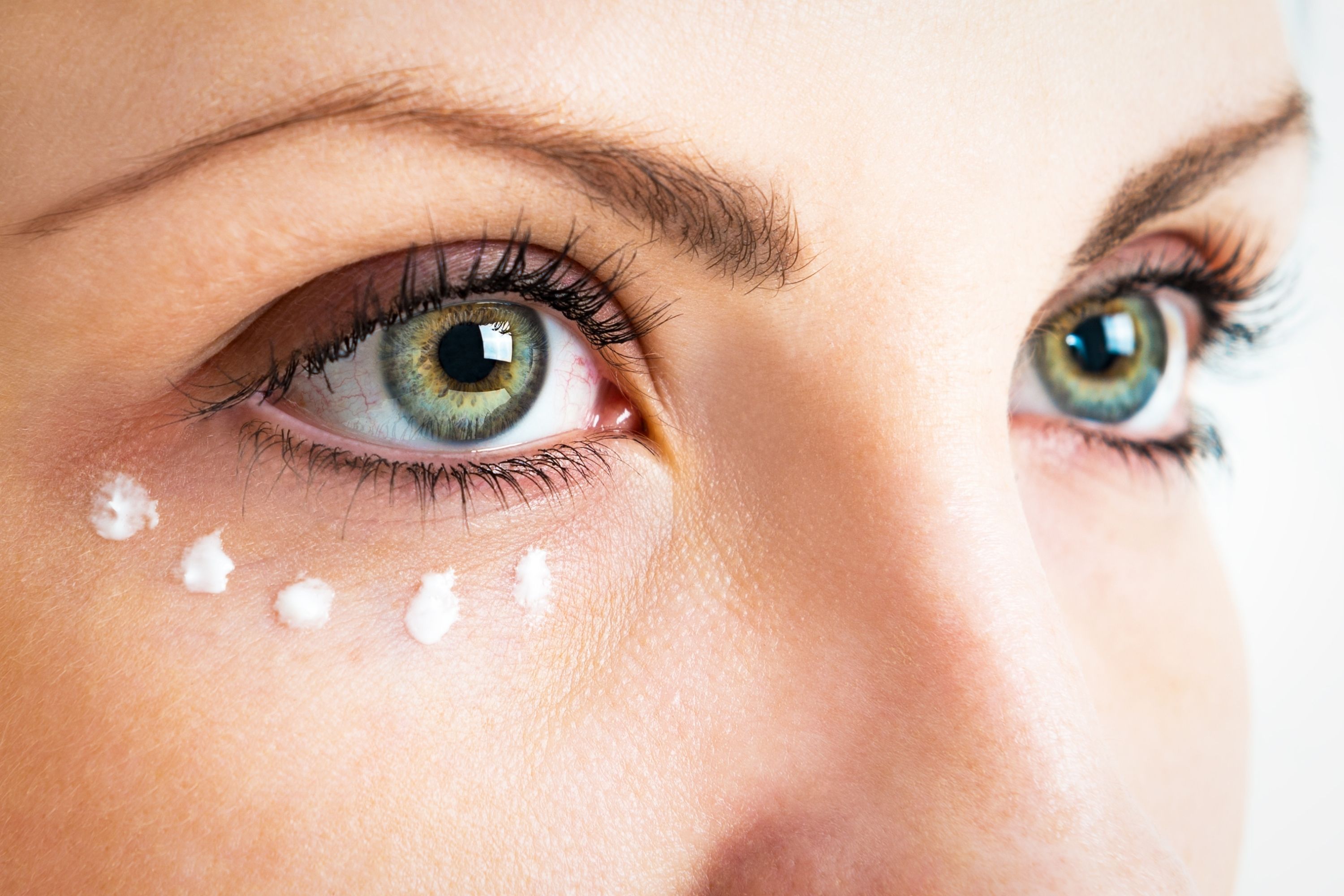When the sun shines bright and summer days call for outdoor fun, your skin faces the brunt of the season. UV rays, heat, and humidity are ever-present foes, causing tanning, premature aging, and skin damage. That’s where sunscreen steps in as a non-negotiable part of your skincare routine. But do you know how to apply sunscreen on face correctly to maximize its benefits? Many people overlook this crucial step, leading to reduced effectiveness and exposing their skin to harm.
This article dives into the details of applying sunscreen properly, debunks common myths, and explains why sunscreen should be your everyday companion. Let’s ensure your skin stays healthy, glowing, and shielded under the sun’s rays.
Why Sunscreen is Essential All Year Round?
Sunscreen isn’t just for beach vacations or sunny outings; it’s one of the skin care essentials that protects your skin year-round. The harmful UV rays that damage your skin are present even on cloudy days or in winter. UVA rays penetrate deep into your skin, causing premature aging and wrinkles, while UVB rays result in sunburn and can contribute to skin cancer. Without sunscreen, your skin’s natural defense system is left vulnerable, leading to long-term damage.
Applying sunscreen on your face daily creates a protective barrier against these harmful rays, reducing the risk of hyperpigmentation, dark spots, and photoaging. Regular use of sunscreen also keeps your skin tone even and prevents unnecessary dryness or irritation caused by environmental stressors.
How to Apply Sunscreen on Face Correctly
Knowing how to apply sunscreen on face properly is key to ensuring optimal protection. Incorrect application can leave certain areas exposed, reducing the sunscreen’s effectiveness. Let’s break down the correct steps:
Step 1: Start with Clean Skin
Always begin with a freshly cleansed face. Dirt, oil, and leftover makeup can create a barrier that prevents sunscreen from adhering to your skin. Use a gentle cleanser suitable for your skin type to remove impurities and prepare your face for sunscreen application.
Step 2: Moisturize if Needed
If your skin tends to feel dry, apply a lightweight moisturizer before sunscreen. This ensures your skin stays hydrated and prevents the sunscreen from clinging to dry patches. Allow the moisturizer to fully absorb before moving to the next step.
Step 3: Dispense the Right Amount
A common mistake is using too little sunscreen. The recommended amount for your face is about two fingertip lengths. Dispense the product onto your fingers and evenly distribute it across your face, ensuring every area is covered.
Step 4: Apply Evenly and Gently
Dot the sunscreen across your forehead, cheeks, nose, and chin. Using your fingertips, gently massage the product into your skin in upward motions. Pay extra attention to often-missed areas like the ears, hairline, and neck.
Step 5: Wait Before Sun Exposure
Sunscreen needs time to form a protective layer on your skin. Many people wonder, how long does it take for sunscreen to absorb? Typically, it takes 15-20 minutes for sunscreen to fully absorb into the skin. Applying it within this timeframe ensures maximum UV protection.
Step 6: Reapply Regularly
Sunscreen effectiveness diminishes over time, especially if you sweat, swim, or wipe your face. Reapply every 2-3 hours to maintain consistent protection throughout the day. If you’re unsure how much time sunscreen takes to absorb, waiting 15 minutes before reapplication is a safe practice.
Common Sunscreen Mistakes to Avoid
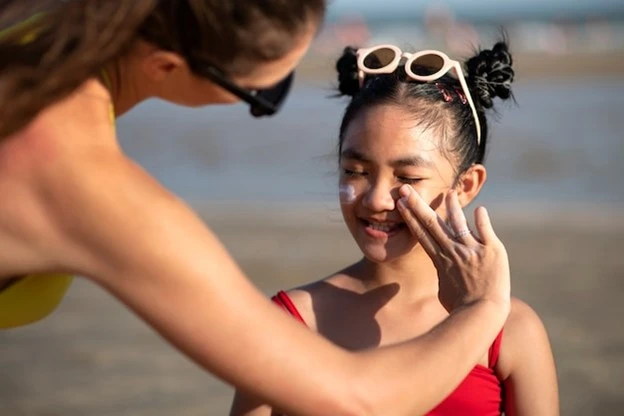
While many of us use sunscreen, not everyone uses it correctly. Avoid these common mistakes to ensure your skin gets the full benefits:
· Using Insufficient Amounts
Applying too little sunscreen leaves your skin inadequately protected. Always use the recommended amount—two fingertip lengths for your face—and ensure even coverage.
· Skipping Sunscreen on Cloudy Days
UV rays can penetrate through clouds, making sunscreen essential even on overcast days. Apply sunscreen daily, regardless of the weather.
· Ignoring Certain Areas
Areas like your ears, neck, and the back of your neck are often neglected. These areas are equally exposed to the sun and need proper coverage.
· Applying Sunscreen Right Before Stepping Out
Many wonder how long for sunscreen to absorb before heading outdoors. Applying it just before stepping out reduces its effectiveness. Always allow 15-20 minutes for absorption.
· Not Reapplying
Sunscreen doesn’t last all day. Its protection diminishes after a few hours, especially if you’re sweating or swimming. Reapplying every 2-3 hours is crucial for consistent coverage.
How to Choose the Right Sunscreen for Your Face
Selecting the right sunscreen is just as important as knowing how to apply sunscreen on face. Here are some factors to consider:
SPF and Broad-Spectrum Protection
Choose a sunscreen with an SPF of at least 30 for daily use and SPF 50 for extended outdoor activities. Ensure it offers broad-spectrum protection to shield your skin from both UVA and UVB rays.
Skin Type Compatibility
- Oily Skin: Opt for lightweight, gel-based sunscreens that are non-comedogenic and don’t clog pores.
- Dry Skin: Look for hydrating sunscreens enriched with ingredients like hyaluronic acid or glycerin.
- Sensitive Skin: Choose mineral sunscreens with ingredients like zinc oxide or titanium dioxide, which are gentle and less likely to irritate.
Additional Benefits
Modern sunscreens often include added benefits like blue light protection, anti-aging properties, and antioxidants. Choose a sunscreen that aligns with your skincare needs.
Sunscreen Tips for Makeup Lovers

If you wear makeup, you might wonder how to incorporate sunscreen into your routine. Here’s how to do it effectively:
- Apply sunscreen as the final step of your skincare routine before makeup.
- Allow it to fully absorb before applying foundation or concealer. If you’re curious about how long does it take for sunscreen to absorb before layering makeup, 15-20 minutes is the standard.
- Use a makeup sponge or brush to blend products smoothly without disturbing the sunscreen layer.
- To reapply sunscreen over makeup, use a sunscreen spray or powder for convenience.
Should You Ice Your Face After Sunscreen?
A frequently asked question is, do I ice my face after sunscreen? While icing can help soothe inflamed or sunburned skin, it’s best done before applying sunscreen. Applying ice after sunscreen may disrupt the protective barrier, reducing its effectiveness. Stick to icing as a pre-sunscreen ritual to calm your skin.
Sunscreen Beyond the Face
While your face often gets the most attention, other areas of your body need protection too. Extend sunscreen application to your neck, ears, arms, and any exposed skin. Consider using a separate body sunscreen for larger areas to ensure adequate coverage.
Conclusion
Learning how to apply sunscreen on face is the cornerstone of effective summer skincare. By using the right amount, applying it evenly, and reapplying throughout the day, you can protect your skin from sunburn, premature aging, and long-term damage. Combine sunscreen with other protective measures like wearing hats and sunglasses for comprehensive sun defense.
Make sunscreen a daily habit, rain or shine, and give your skin the care it deserves. Healthy, glowing skin starts with smart sun protection.
FAQs
Apply sunscreen to clean dry skin. Use about a nickel-sized amount for your face and neck. Dot it evenly and gently massage until fully absorbed. Apply at least 15 minutes before sun exposure and reapply every two hours, especially after sweating or swimming.
Moisturizer should be applied first to hydrate and prep the skin. Once it’s absorbed, apply sunscreen as the final step in your skincare routine. This ensures the sunscreen forms a protective barrier without being diluted by other products.
Yes, you can apply sunscreen without moisturizer if your skin doesn’t feel dry. However, if your skin needs hydration, use a lightweight moisturizer first. Alternatively, opt for a moisturizing sunscreen to simplify your routine while ensuring both hydration and sun protection.
Use a broad-spectrum sunscreen with at least SPF 30. Apply generously to all exposed skin, including the face, neck, and ears, 15 minutes before sun exposure. Reapply every two hours, or more often if sweating or swimming. Ensure full coverage without missing spots like around the nose and hairline.



